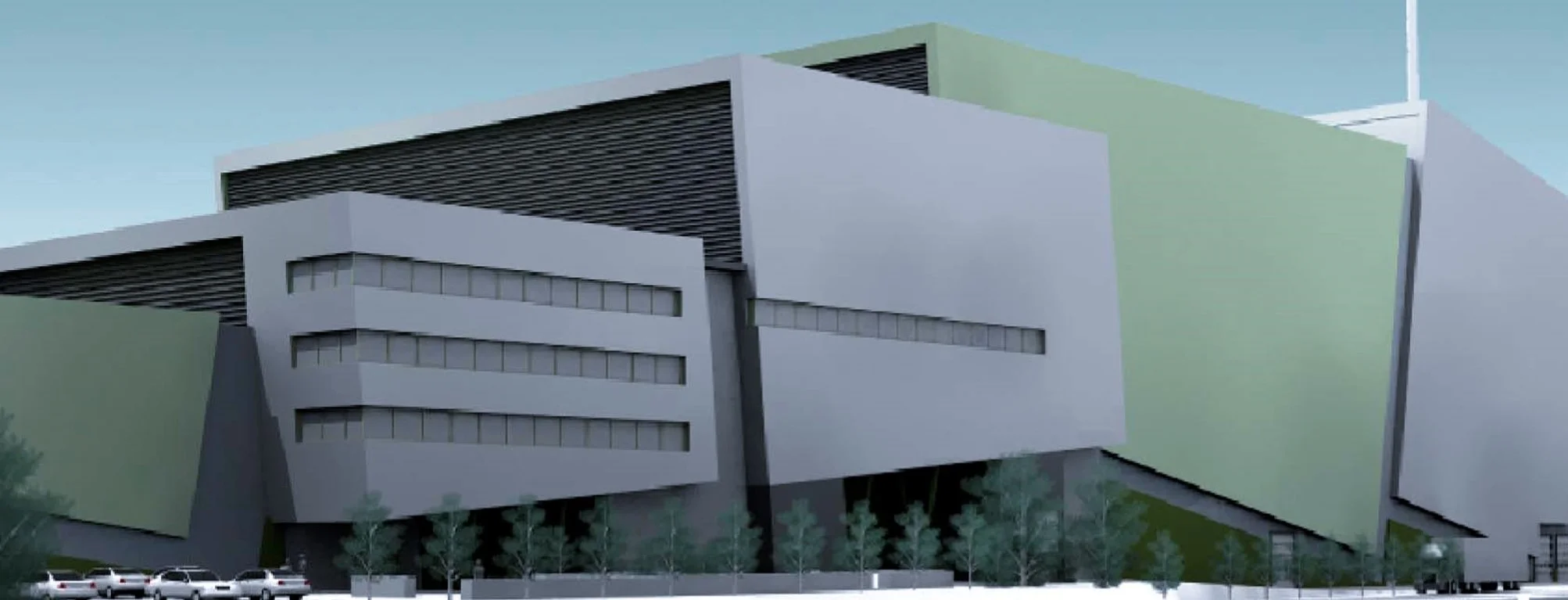Gloucestershire Energy from Waste Facility passes first anniversary
/Gloucestershire Energy from Waste Facility celebrated its first anniversary at the end of October 2020.
In 12 months, 177,582 tonnes of waste was processed, 41,270 tonnes of Incinerator Bottom Ash was recovered and 118,920 MWh of electricity was exported.
The Facility hosted school groups and community visits before the first Covid-19 lockdown.
Approximately 50% of energy produced by the Facility can be classed as renewable.
The Gloucestershire Energy from Waste Facility marked a successful first 12 months of operation at the end October 2020. In this time, it has treated 177,582 tonnes of waste, recovered 41,270 tonnes of Incinerator Bottom Ash (IBA), the collective name for metals, Incinerator Bottom Ash Aggregate (IBAA) and IBA oversize, for recycling. In addition, the Facility has produced 118,920 MWh electricity, that is the net production value, which was exported to the National Grid.
The Facility can treat up to 190,000 tonnes of residual waste every year from Gloucestershire's homes and Household Recycling Centres, with a proportion coming from commercial sources. Approximately 50% of energy produced by the Facility is classed as renewable with the total amount generated able to power the equivalent of around 25,000 homes. In addition, over 90% of Gloucestershire’s residual waste has been diverted from landfill.
The Facility collects the IBA, which consists of ferrous and nonferrous metals, inert aggregates and ceramics, at the end of the treatment process for recycling. The different fractions comprising the IBA are sorted onsite before being transported offsite to be treated and recycled.
The bespoke onsite Education and Visitor Centre provides a venue for schools, colleges, community and other interest groups to meet and learn about sustainable waste management and resource use (Covid-19 restrictions permitting). The operational team conducts popular tours providing visitors with first-hand experience of how their waste is treated and converted to energy. This experience starts at the entrance with a mural designed by local artist, Andrew Davies. The mural commemorates the history of Javelin Park, which was once home to the “Gloster Javelin” fighter plane and also brings the outside in through the depiction of local wildlife that inhabits the Facility’s grounds.
Supporting the onsite visitor attractions are the Facility’s education web pages which feature information boards and KS1 & KS2 lesson plans that are available for download as well as an animation film depicting the recycling and treatment processes. Last year, the Facility received a £12,850 grant from the Institution of Engineering and Technology (IET) and the Institution of Mechanical Engineers (IMechE) to develop GCSE Curriculum Education Plans for the benefit of students in and around Gloucestershire.
General Manager, Dan Pearson commented:
“We are extremely pleased to have marked this twelve-month milestone with such successful results, treating over 177,000 tonnes of waste and generating around 119,000 MWh of electricity. We look forward to continuing this positive trajectory over the next twelve months, with high-efficiency process performance outputs.
“We were also delighted to welcome school groups and community organisations for tours of the site earlier last year and look forward to inviting visitors back soon, when Government guidelines permit.”
Cllr Nigel Moor, cabinet member for the environment at Gloucestershire County Council said:
“I’m really pleased that the first year of operation of the Gloucestershire Energy from Waste Facility has gone so well. The amount of electricity generated and exported to the National Grid is particularly impressive. The Javelin Park plant treats the waste Gloucestershire can’t recycle, cleanly and safely, ending the council’s reliance on landfill, whilst cutting our carbon emissions significantly.”
When the Facility opened its doors to visitors in February 2020, feedback was positive. Due to the Covid-19 outbreak, visits have been paused until restrictions ease. Monthly emissions monitoring results are available to view on the Facility’s website, where the latest Community Liaison Group (CLG) minutes can also be accessed. The CLG looks after the Community Fund grant allocation for local environmental projects.
To stay up-to-date with the latest developments at the Facility, register for the quarterly newsletter:
https://ubbgloucestershire.us14.list-manage.com/subscribe?u=85db84cfbe047db7a8337124d&id=2aeb82b04b



